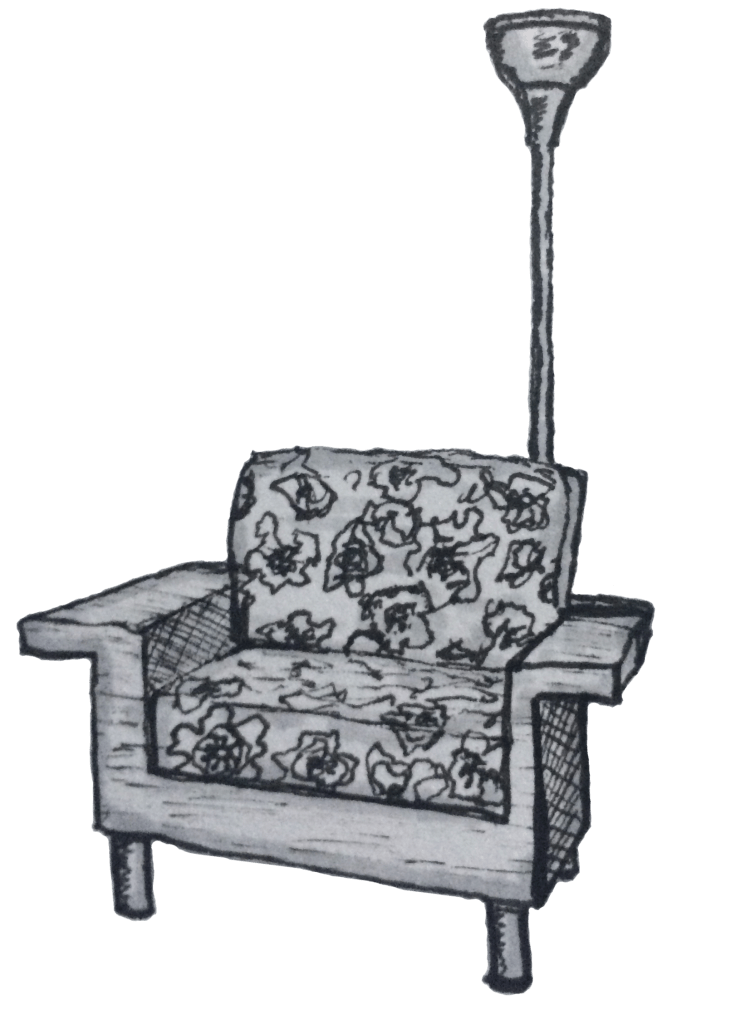Creative Engagement for Health
We believe that the simple act of engaging with creative practice can be a meaningful path toward wholeness and well-being.
This resource is designed to foster students’ sense of autonomy & belonging through opportunities for authentic creative expression and shared vulnerability. Each of the core lessons focuses on a Creative Resource: Empathy, Humor, Gratitude, Curiosity, and Tolerance for Ambiguity. By practicing these creative resources, we understand ourselves and each other more deeply.
The introductory lesson highlights the importance of setting the conditions for creative engagement and provides an overview of how creative practice and reflection can support students’ health and well-being. Each core lesson includes an introduction to the creative resource, a primary creative challenge, and one or more creative routines that can become a regular part of your classroom culture.
All 6 modules can be accessed by clicking the tiles below.
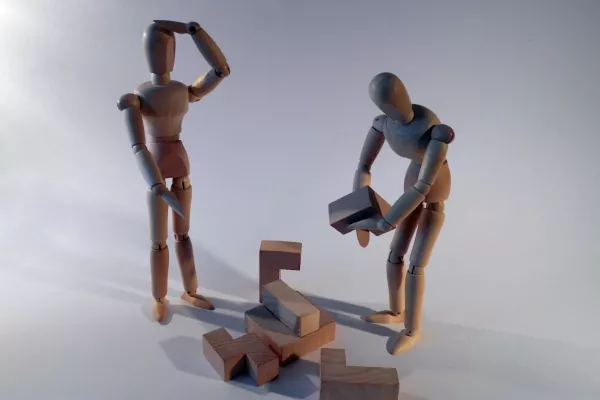
Setting Conditions
Learn how to set the conditions for creative engagement in your space. This lesson will support students to take risks, be vulnerable, and thrive in various creative explorations.
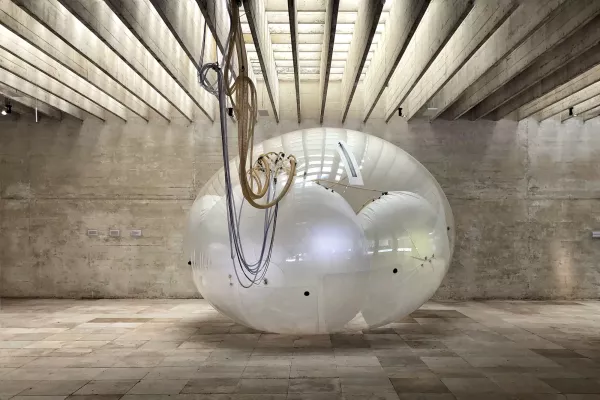
Tolerating Ambiguity
We can strive to set a path for students to tolerate or even embrace ambiguity as it presents itself in daily life.
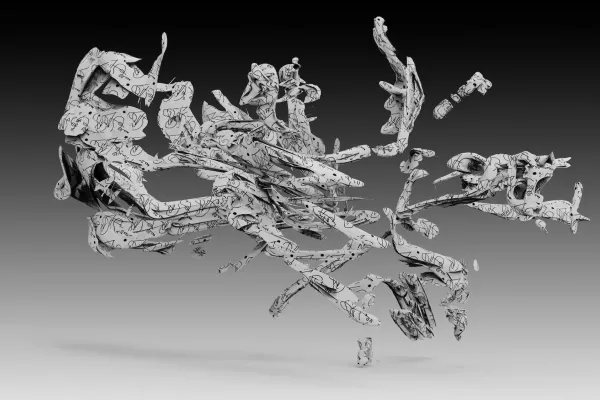
Curiosity
Curiosity can be cultivated. We can ask questions of others and ourselves to further illuminate what we see and hear.
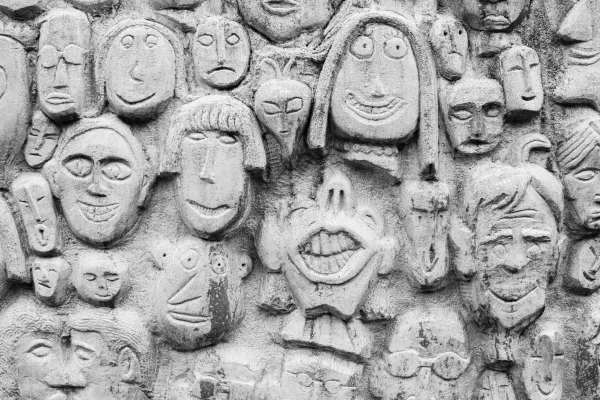
Humor
According to the Mayo Clinic, the physiological effects of laughter include reducing stress, relaxing muscles, and lowering blood pressure.
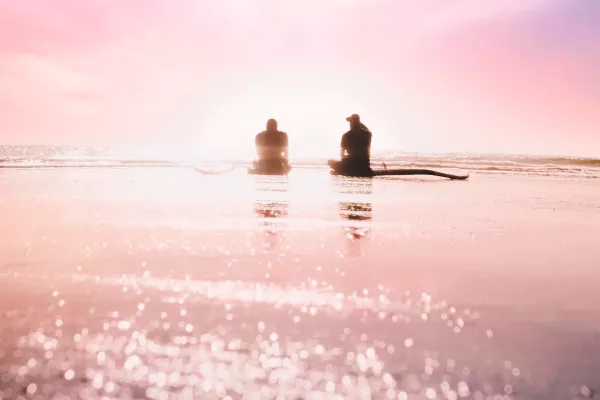
Gratitude
Gratitude comes from the latin word for graciousness GRATIA It is the quality of being thankful; Gratitude is a readiness to show appreciation for something or someone.
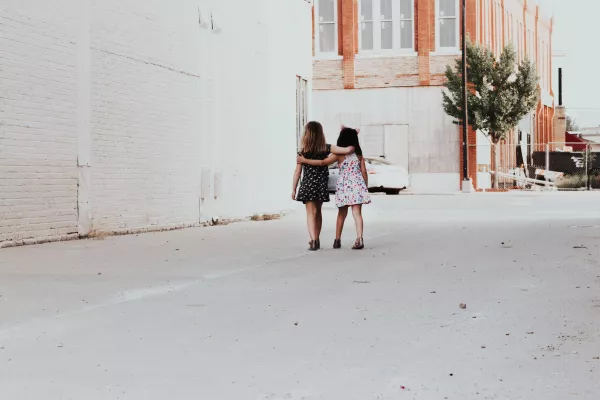
Empathy
Empathy serves to connect us and sometimes protect us. Humans are social animals. Our ability to read each other’s noverbal cues is critical for harmonious coexistence.
This curriculum has been developed in partnership with local teachers, mental health professionals and arts integration specialists, thanks to a grant from the Mills Davis Foundation. Special thanks to our collaborators: Daniel Denton, Jamie Teran, Lola Broomberg, Isa Jennings, Deon Saraceno, Jordan Bentz, and the makeSPACE project.
As this is a new curriculum, we can’t guarantee that it will work for every group of students in the way we have designed it. We appreciate hearing about your experiences, both good and bad, and any adaptations you try as you work to make this material relevant for your students.
